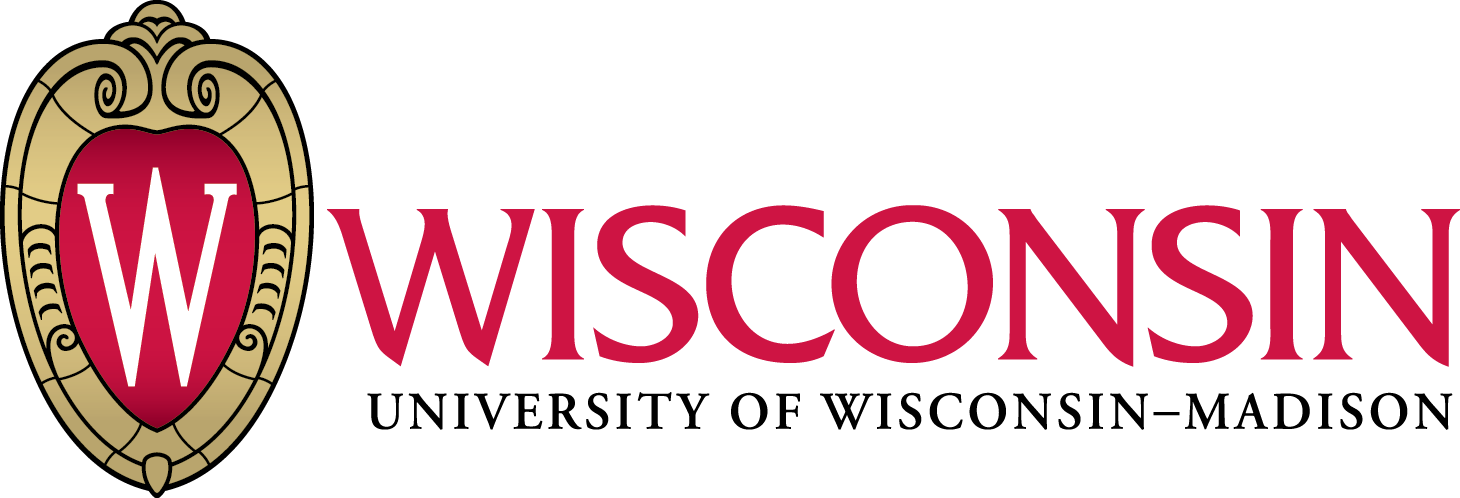What's New in ImageJ2?
Reproducible science with open tools
Curtis Rueden, UW-Madison LOCI
https://imagej.github.io/presentations/2017-06-01-imagej2-loci
Laboratory for Optical and Computational Instrumentation
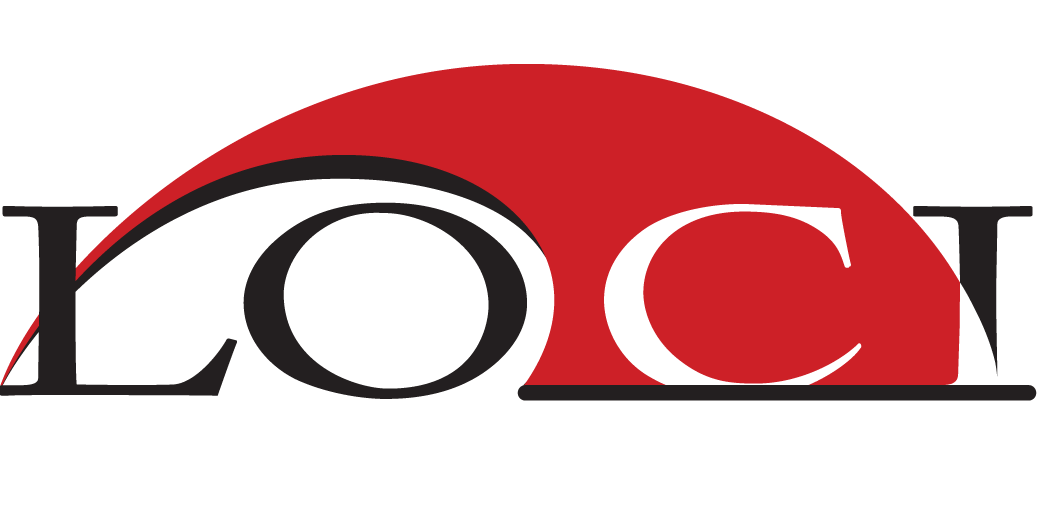
LOCI develops advanced optical and computational techniques for imaging and experimentally manipulating living specimens.
What is ImageJ?
 Fiji?
Fiji?
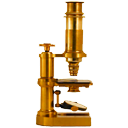 ImageJ2?
ImageJ2?
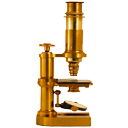 ImageJ1?
ImageJ1?
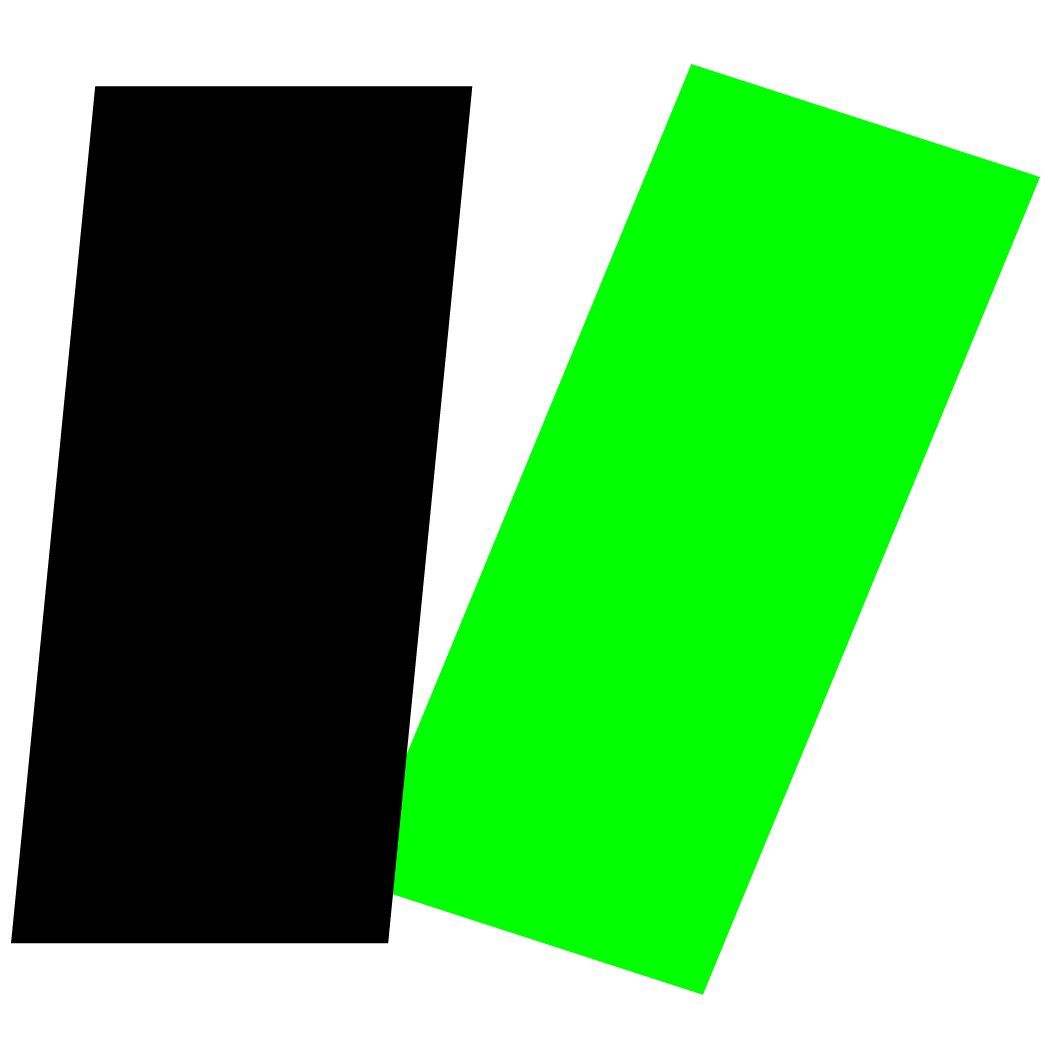 ImgLib2?
ImgLib2?
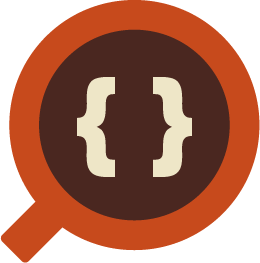 SciJava?
SciJava?
 SCIFIO?
SCIFIO?
WAT
An application
A tool for image science
A reusable library

// Create a new ImageJ gateway with all available services.
ij = new ImageJ()
// Load a dataset from somewhere.
dataset = ij.io().open(imageSource)
// Filter the image.
fft = ij.op().fft(dataset)
lowpass(fft, 10)
result = ij.op().ifft(fft)
// Display the result.
ij.ui().show(result)
An extensible collection
of services & plugins



A shared framework for
image processing

"Write once, run anywhere" image processing
Yes, ImageJ is all of that!
But most importantly...
ImageJ is a community!
Schindelin, J., et al. "The ImageJ ecosystem: an open platform for biomedical image analysis." Molecular reproduction and development 82.7-8 (2015): 518-529.
A sizable community...

Motivation
Why use ImageJ? Why improve ImageJ?
Why not use Imaris and MATLAB for everything?
Why join this community?
- Frugal: ImageJ is free and cross-platform
- Pragmatic: You can fix bugs, add features
- Scientific: See and understand how it works
- Ethical: Fully reproducible, better science
Better science?
Why do science in the first place?
 Improve the human condition
Improve the human condition Discover new knowledge
Discover new knowledge Stand on each other's shoulders
Stand on each other's shoulders
21st century science requirements
 Quantitative research
Quantitative research Keep track of everything
Keep track of everything
Information provenance
 Remember what you did, and how
Remember what you did, and how Explain it to someone else
Explain it to someone else
Reproducibility
- Validate others' work

Is this a good segmentation?
(source)
Using 'Otsu' I find --- not a little difference --- but a big one. A little difference caused by the binning, a big one between implementations. Which is the 'real' Otsu threshold?
—Robert Atwood (source)
The Otsu algorithm had indeed an issue only with certain 16bit histograms where the computation of the variance could cause an overflow that carried on without triggering an error. I checked Emre Celebi's library (Fourier 0.8) and his C++ version does not have the problem so I replaced the previous version with Emre's. 8 bit images were not affected. I just checked and it finds the ball in your sample image now.
The Huang method is a different issue. The original code by Emre was rewritten in 2011 by Johannes Schindelin to use more efficiently the 16bit data and has a massive execution speed advantage. However I just noted that in some cases it does return exactly the same values as the original even in some 8bit images. I therefore added back the original code and kept Johannes' method as "Huang2" for the time being until I have time to look at it in more depth.
I also found that the Mean method (again in 16bits only) had a potential for overflow that could go without triggering errors, so I fixed that too.
—Gabriel Landini (source)
Sharing information

The Internet makes sharing easy
- Wikipedia: public encyclopedia
- Stack Exchange: public Q & A
- GitHub: public source control
- Twitter: public social interaction
- Google: public etc.
"When in doubt, make it public."
—Jeff Atwood (co-creator of Stack Overflow)
Beyond open results
Publish a compendium, not just a result
- Protocols & methodology
- Raw data
- Computer code
"An article about computational science in a scientific publication is not the scholarship itself, it is merely advertising of the scholarship."
—David Donoho, "Wavelab and Reproducible Research," 1995
Science Code Manifesto
Deep reproducibility demands the source code

"Software is a cornerstone of science. Without software, twenty-first century science would be impossible. Without better software, science cannot progress."
—Science Code Manifesto
And it is good for your career:
"Papers describing software published as open source are amongst the most widely cited publications (e.g., BLAST, and Clustal-W), suggesting many scientific studies may not have been possible without some kind of open software to collect observations, analyze data, or present results."
—Andreas Prlić & James Procter
"Ten Simple Rules for the Open Development of Scientific Software"
And it is good for your career:
"Science is hard enough already."
—Andreas Prlić & James Procter
"Ten Simple Rules for the Open Development of Scientific Software"
And it is good for your career:
Seriously.

Open software is a process
- Ongoing open development
- Improve software as a community
- Open access resources
- Responsive, reliable maintainers
- Powerful collaboration tools (GitHub!)

^ Look familiar? ;-)
ImageJ Software Stack
Modular and extensible components
![]()
ImageJ2
![]()
SciJava
(base)
![]()
ImgLib2
(data model)
![]()
SCIFIO
(image I/O)
![]()
Ops
(image processing)
![]()
ImageJ Legacy
(compatibility)
SciJava Pledge
A pledge to cooperate and reuse code

SciJava Component Collection
A collection of software components curated together

A promise of compatibility
Fiji Is Just ImageJ
- A distribution of ImageJ for the life sciences
- A community of ImageJ developers
- Built on the ImageJ2 platform
- Includes over 700 additional commands
What's New in ImageJ2?
| Image types | uint8, uint16, float32, rgb | bit, uint2, uint4, uint8, uint12, uint16, uint32, uint64, uint128, int8, int16, int32, int64, float32, float64, cfloat32, cfloat64, bigint, bigdec, argb, <your-image-type-here> |
| Plugin types | PlugIn, PlugInFilter, PlugInTool | Command, Op, Tool, IOPlugin, Service, Converter, Codec, Format, DataHandle, TextFormat, ScriptLanguage, Display, UserInterface, Platform, App, Gateway, ModulePreprocessor, ModulePostprocessor, CodeRunner, ..., <your-plugin-type-here> |
| Dimensions | 5D—XYZCT | N-dimensional—X, Y, Z, time, channel, emission spectra, lifetime, cell polarity, <your-dimension-here> |
| Image formats | HandleExtraFileTypes | SCIFIO—including Bio-Formats plugin; <your-format-here> |
| Parameters | GenericDialog | SciJava module @ parameter syntax—callable from ImageJ, KNIME, OMERO, CellProfiler, ..., <your-tool-here> |
| Script languages | IJ1 macro, JavaScript, BeanShell, Java | BeanShell, Clojure (Lisp), Groovy, Java, JavaScript, JRuby, Jython (Python), Renjin (R), Scala, <your-language-here> |
| User interface | AWT | Legacy, Swing, AWT, Apache Pivot, Eclipse SWT, JavaFX, KNIME, CellProfiler, OMERO, <your-ui-here> |
| Distribution | Download, install and update manually | Hundreds of update sites; receive updates automatically (when you want!) |
What's Newer??
Future directions
"Of course there is plans..."
—Florian Jug
- More Jupyter notebooks! More training! 👍
- ImgLyb: ImageJ + Python
- RESTful image server
- Lots of
boringexciting maintenance! (e.g., #121, #37, #38, #39) - See also Curtis's primary projects

The rise of polyglot tools
More will emerge. Always keep looking!
How to get involved
- Edit and improve the ImageJ wiki.
- Adopt a plugin. Or ten!
- Make your science open and reproducible.
- Code your favorite/new algorithms with ImgLib2.
- Discuss ideas publicly to help all of us.
Help others to avoid repeating your pain.
You are custodians of the OSS ecosystem!
PIs: write grants to fund ImageJ-based development!
Further reading about ImageJ
Academic paper
Rueden, C. T., et al. "ImageJ2: ImageJ for the next generation of scientific image data." arXiv preprint (2017).
45-minute presentation
Rueden, C. T. "ImageJ2 and Fiji: The ImageJ2 platform, and the Fiji distribution of ImageJ." ImageJ Conference 2015. video, slides
Thanks!

Kevin
Eliceiri

Pavel
Tomancak

Jason
Swedlow

Michael
Berthold

Anne
Carpenter

Christian
Dietz

Tobias
Pietzsch

Stephan
Saalfeld

Wayne
Rasband



And all supporters of open science and open software!
